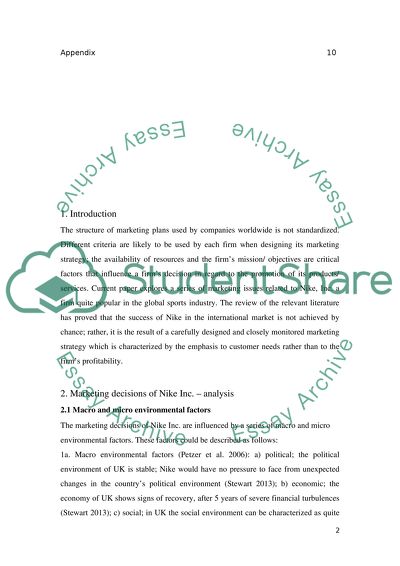Cite this document
(“NIKE SCENARIO TO ANSWER THE QUESTION/TASK Essay”, n.d.)
Retrieved from https://studentshare.org/marketing/1497459-nike-scenario-to-answer-the-questiontask
Retrieved from https://studentshare.org/marketing/1497459-nike-scenario-to-answer-the-questiontask
(NIKE SCENARIO TO ANSWER THE QUESTION/TASK Essay)
https://studentshare.org/marketing/1497459-nike-scenario-to-answer-the-questiontask.
https://studentshare.org/marketing/1497459-nike-scenario-to-answer-the-questiontask.
“NIKE SCENARIO TO ANSWER THE QUESTION/TASK Essay”, n.d. https://studentshare.org/marketing/1497459-nike-scenario-to-answer-the-questiontask.


